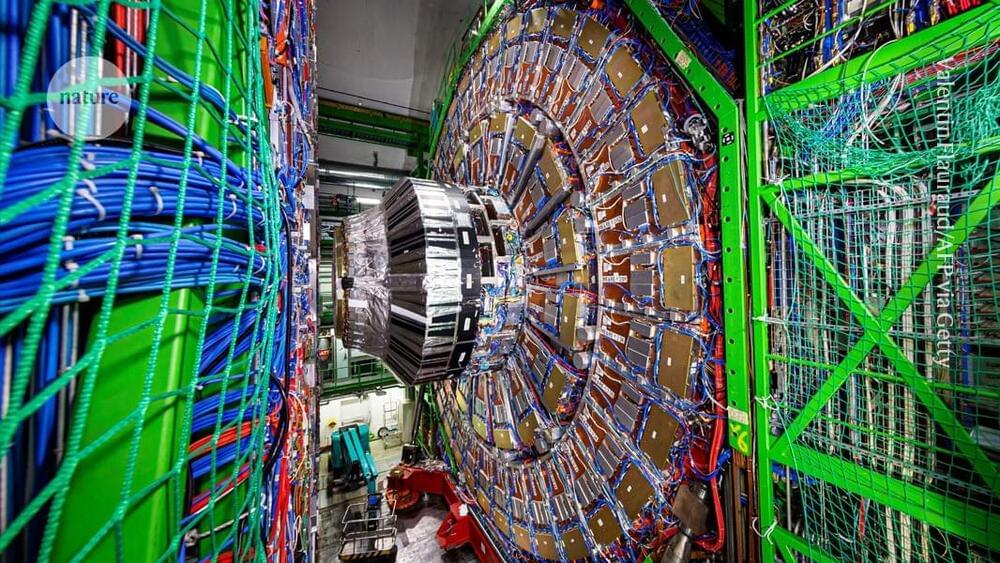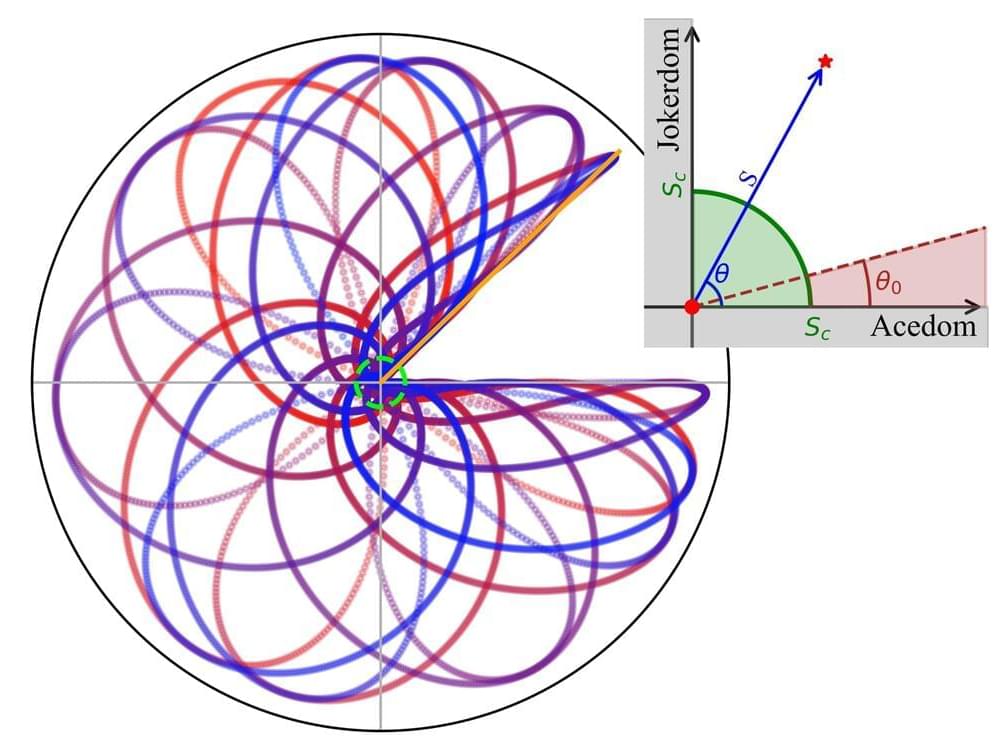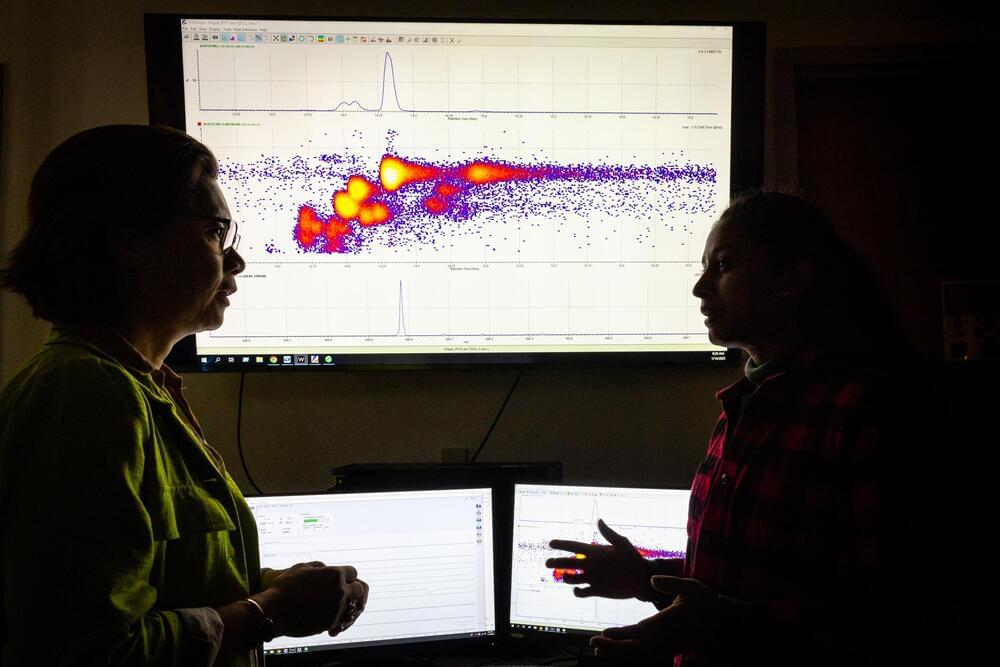The particle-physics funder will provide financial incentives to encourage practices such as data sharing and transparent peer review.



Researchers led by electrical engineers at the University of California San Diego have developed a better way to perform the comparative analysis of entire genomes. This approach can be used to study relationships between different species across geological time scales.
This new approach is poised to unlock discoveries regarding how evolution has shaped present-day genomes and also how the tree of life is organized. The new method, named CASTER, is described in a paper published in Science on 23 January 2025.
CASTER is poised to offer biologists a far more scalable approach than state-of-the-art for comparing full genomes. This is especially relevant given the exploding number of sequenced genomes of both living and also extinct species.

An object we thought belonged to the most common category of planet in the galaxy has turned out to be something we’ve never seen before.
The exoplanet Enaiposha, or GJ 1,214 b, is a hazy world orbiting a red dwarf star about 47 light-years from Earth. Previously likened to a mini-Neptune, in-depth observations obtained using JWST now suggest the exoplanet is more like Venus – only much larger.
This would make it the first known of its kind, a category astronomers are calling ‘Super-Venus’

Discover how the first stars—Population III stars—shaped the universe by creating water billions of years ago. Learn how these massive stars exploded as supernovae, spreading oxygen that combined with hydrogen to form water molecules. With insights from simulations and observations, we’ll explore how water’s early abundance could mean life-supporting conditions existed far earlier than thought. Don’t miss this fascinating journey into the origins of water in the cosmos!
Paper link: https://arxiv.org/abs/2501.
MUSIC TITLE: Starlight Harmonies.
MUSIC LINK: https://pixabay.com/music/pulses-starlight-harmonies-185900/
Visit our website for up-to-the-minute updates:
www.nasaspacenews.com.
Follow us.
Facebook: https://www.facebook.com/nasaspacenews.
Twitter: https://twitter.com/SpacenewsNasa.
Join this channel to get access to these perks:
Scientists used AI to refine cosmological parameter estimates, providing deeper insights into the nature of dark matter and dark energy.

Many science fiction authors try to incorporate scientific principles into their work, but Ian Tregillis, who is a contributing author of the Wild Cards book series when he’s not working as a physicist at Los Alamos National Laboratory, took it one step further: He derived a formula to describe the dynamics of the fictional universe’s viral system.
In independent research published in the American Journal of Physics, Tregillis and George R.R. Martin derive a formula for viral behavior in the Wild Cards universe.
Wild Cards is a science fiction series written by a collection of authors and edited by Martin and Melinda M. Snodgrass. Sitting at over 30 volumes, the books are about an alien virus called the Wild Card that mutates human DNA. Martin is credited as a co-author of the paper, making it his first peer-reviewed physics publication.

Across cosmic history, powerful forces have acted on matter, reshaping the universe into an increasingly complex web of structures. Now, new research led by Joshua Kim and Mathew Madhavacheril at the University of Pennsylvania and their collaborators at Lawrence Berkeley National Laboratory suggests our universe has become “messier and more complicated” over the roughly 13.8 billion years it’s been around, or rather, the distribution of matter over the years is less “clumpy” than it should be expected.
“Our work cross-correlated two types of datasets from complementary, but very distinct, surveys,” says Madhavacheril, “and what we found was that, for the most part, the story of structure formation is remarkably consistent with the predictions from Einstein’s gravity. We did see a hint for a small discrepancy in the amount of expected clumpiness in recent epochs, around four billion years ago, which could be interesting to pursue.”
The data, which was published in the Journal of Cosmology and Astroparticle Physics and the preprint server arXiv, comes from the Atacama Cosmology Telescope’s (ACT) final data release (DR6) and the Dark Energy Spectroscopic Instrument’s (DESI) Year 1.

In the quest to take the “forever” out of “forever chemicals,” bacteria might be our ally. Most remediation of per-and polyfluoroalkyl substances (PFAS) involves adsorbing and trapping them, but certain microbes can actually break apart the strong chemical bonds that allow these chemicals to persist for so long in the environment.
Now, a University at Buffalo-led team has identified a strain of bacteria that can break down and transform at least three types of PFAS, and perhaps even more crucially, some of the toxic byproducts of the bond-breaking process.
Published in this month’s issue of Science of the Total Environment, the team’s study found that Labrys portucalensis F11 (F11) metabolized over 90% of perfluorooctane sulfonic acid (PFOS) following an exposure period of 100 days. PFOS is one of the most frequently detected and persistent types of PFAS and was designated hazardous by the U.S. Environmental Protection Agency last year.

Chirality refers to objects that cannot be superimposed onto their mirror images through any combination of rotations or translations, much like the distinct left and right hands of a human. In chiral crystals, the spatial arrangement of atoms confers a specific “handedness,” which—for example—influences their optical and electrical properties.
A Hamburg-Oxford team has focused on so-called antiferro-chirals, a type of non-chiral crystal reminiscent of antiferro-magnetic materials, in which magnetic moments anti-align in a staggered pattern leading to a vanishing net magnetization. An antiferro-chiral crystal is composed of equivalent amounts of left-and right-handed substructures in a unit cell, rendering it overall non-chiral.
The research team, led by Andrea Cavalleri of the Max-Planck-Institut for the Structure and Dynamics of Matter, used terahertz light to lift this balance in the non-chiral material boron phosphate (BPO4), in this way inducing finite chirality on an ultrafast time scale.